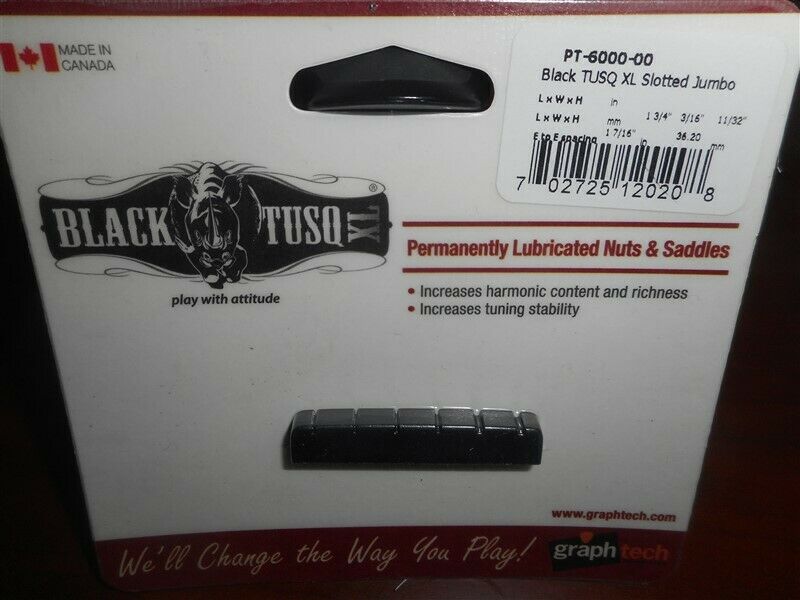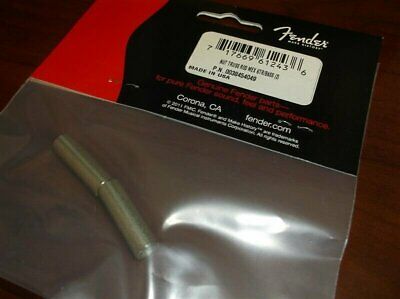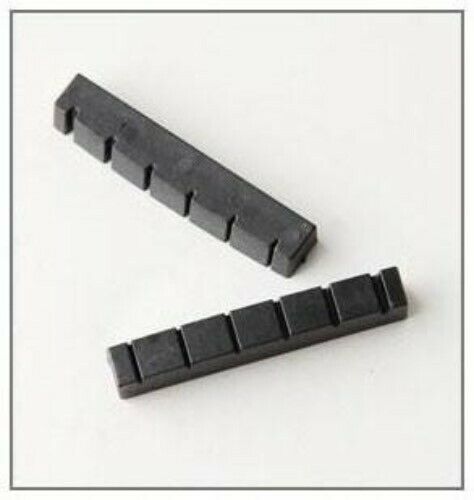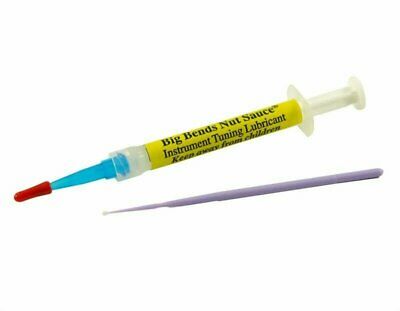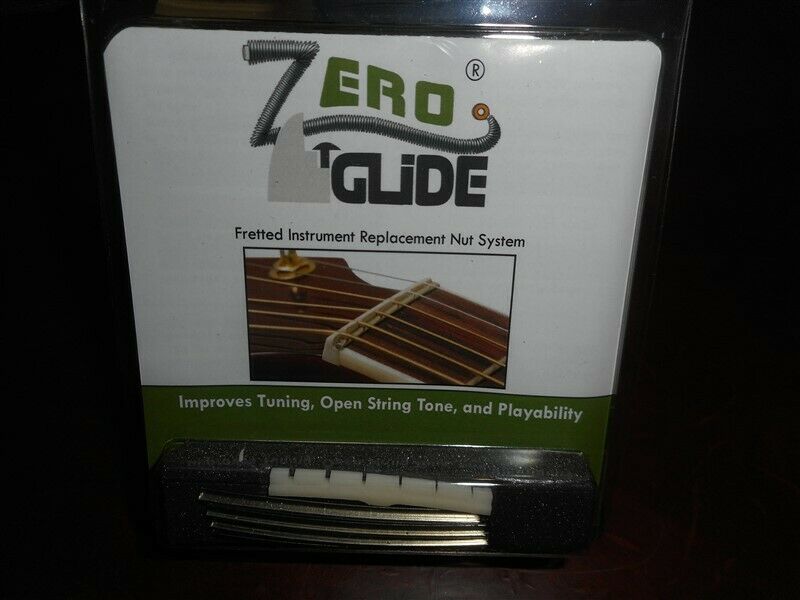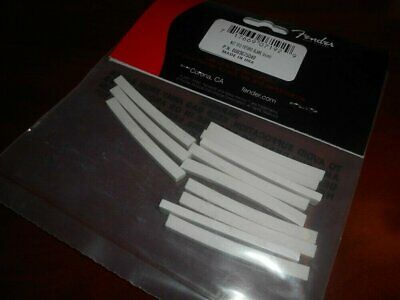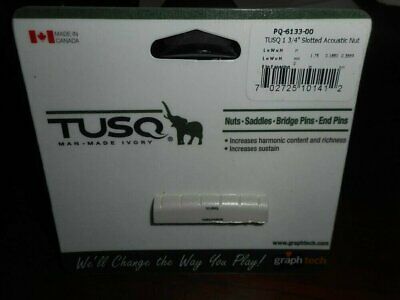-40%
3 Brass 3 Aluminum Nut Blanks Fender Stratocaster P Bass Jazz Universal
$ 6.85
- Description
- Size Guide
Description
If you don't see what your are looking for just ask, I have it or can get it. FB- Blass Nut and Saddle Bridge BlanksThis listing is for
3 Brass & 3 Aluminum Nut Blanks for Fender "Style" Guitar and Bass.
These blanks measure -
2" x 3/8" x 1/8"
((((These blanks are a bit taller to accommodate for curved channels. Otherwise, they are the same as the other Strat blanks I offer.)))))
These blanks are a great
replacement
material for
American, MIM Fender Stratocaster, Telecaster, or Jazz Precision P bass guitar.
In reality, just about any instrument Fender makes if in fact all Fender models. But PLEASE, measure what you have to be certain of what you need!
These are BLANKS! You need to carve, file, sand and fashion this material into functional nuts.
If you require a curved nut, this material is ideal. At 3/8" it would be tall enough to carve a radius or curve into the brass. Just use an existing plastic nut as a template. place both into a vice and trace the outline of the curve with a fine tip Sharpie marker. If the marker isn't laying ink down on the smooth brass, just scuff it with some steel wool. You can use a bench grinder to perform this task. Once you get it fairly close to roughed in, I suggest you stick it back into a bench vice and use a Dremel too with some fine grinding pads to finish it up. Dowel rods wrapped with some medium and fine grit sand paper to finish up the curve.
I use an 1/8" chisel to remove all nuts. It's small enough to get into strat nut channels. It works great for removing old glue and debris from the channel. And when you do remove all of your old glue, don't be surprised if your brass or aluminum nut blank fits loose in the slot.
If you find your nut is loose in the slot as if it isn't thick enough to make a snug fit, get some clear silicone and squeeze it into the clean channel the press your nut down into it. Just make sure your nut is pulled up and in place before it dries. Give it a day to dry. Once dry, take a razor blade or knife and cut away the slack. It isn't going to be noticeable and will be perfect as you may need to remove and insert your nut to work on at the bench vice. Use a lubricant like Vaseline or lip balm and coat the brass with a very, very thin coat. If it's too slippery after the silicone dries, use a tooth brush with soap and water to clean the silicone and brass. That will make it very tacky and grip your nut well.
But whatever you do, don't glue your nut into place! You may choose to remove it at some point in time. The silicone method is the way to go. You don't want to have to dig a bunch of glue out of the channel again.
Use your existing plastic nut as a template for string spacing. Put them both in a vice together and make your marks with a fine tip Sharpie marker. You can use a variety of round files found at your local hardware store. If you don't already own calipers I suggest you get the tool. Compare your slot widths to determine the file that would be appropriate for the slot you are cutting. Actually, in fact I haven't found the exact round files for doing bass slots but I have managed to find pieces of rod steel that have worked very well. If you can find something like that, just wrap the rod with some medium grit sand paper and use it as a slotting file so to speak. In the past, I've used coat hangers! I contacted a local machine shop and got a few pieces of steel that work great. You might consider the same if you are having trouble finding files.
Please ask any questions you may have. Thank You!
Track Page Views With
Auctiva's FREE Counter


